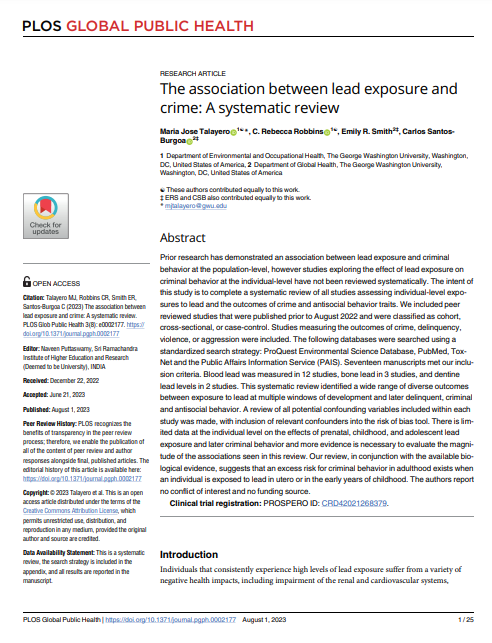By Hanna Rigault Arkhis
This report sets out the findings of research into women’s online involvement in far-right extremism analysed through the lens of the Good Lives Model (GLM). It addresses the lack of research on the gendered nature of the needs that are being met when engaging in such spaces.
The findings are based on an analysis of a women only right-wing forum hosted by Stormfront, the oldest white nationalist online community. The results highlight which goods are pursued, what needs are met, and how norms around goods are constructed.
A range of goods were identified as important and were achieved in different ways.
Healthy living is usually fulfilled through the creation of a white family and raising children according to white nationalist ideology.
Community is found on Stormfront and sustained through a cluster of primary goods including play, pleasure, and relatedness.
Ways of meeting the good of creativity include cultivating one’s appearance in a way that indicates support for their ideology.
Agency is found through a variety of roles; usually that of the stay-at-home mother or as a promoter of white nationalist ideology, either online or offline.
Stormfront women appear to seek knowledge and work due to a desire to serve the movement better. They also advocate for a 'softer' expression of their beliefs, that distances them from violence, principally to facilitate recruitment.
By testing the applicability of the GLM to an online platform, this research affords a better understanding of the opportunities provided by online extreme communities to fulfil women's needs. It demonstrates the utility of the GLM and its ability to help interpret the goods women attain through involvement in extremist spaces.
Understanding the goods and needs that online spaces fulfil has the potential to inform gender-responsive programmes to Prevent and Counter Violent Extremism (P/CVE). By highlighting the gendered nature of goods, the analysis illustrates that ‘gender blind’ programmes are unlikely to address the particular needs of women.
A GLM-informed analysis has the potential to inform P/CVE interventions by identifying the goods that might be relevant to certain communities, and the women who make them up, and using that understanding to identify interventions that make opportunities to achieve those goods in pro-social, positive ways more accessible.
Lancaster, UK: Centre for Research and Evidence on Security Threats - CREST, 2024.





















